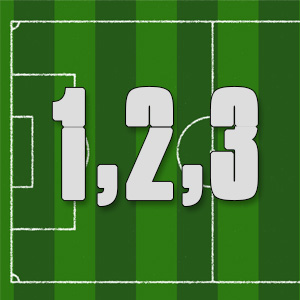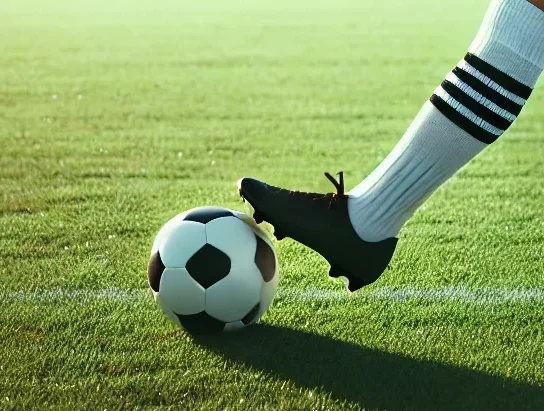What is a Weighted Pass?
Often times in football you will hear a commentator comment about a “weighted pass.” If you are new to watching or playing the game you might now know what that means. You probably just think they kicked a ball! What’s the difference… Let’s break it down!
A weighted pass is when a player kicks the ball with just the right amount of power and pace. It’s not too strong, not too weak, but perfectly balanced to reach a teammate in the best way possible. Imagine rolling a ball to a friend standing a few feet away. If you push it too hard, it zooms past them. If you push it too softly, it stops short. A weighted pass is like rolling the ball just right so it gets to your friend smoothly. Often
Why is a Weighted Pass Important?
A weighted pass is super important because it helps control the speed and direction of the game. Here’s why it’s awesome:
- Accuracy: It helps the ball reach your teammate exactly where they need it, setting up great plays and scoring chances.
- Control: Your teammate can easily control the ball without stretching or slowing down too much, allowing for quick moves
- Timing: In football, timing is everything. A good weighted pass arrives at the right moment, making the difference between losing the ball and creating a goal-scoring opportunity.
- Avoiding Defenders: A well-placed pass can thread through tight spaces and avoid defenders, keeping possession with your team.
Football players are on the move. They make runs to open up spaces and create plays. So, you want your teammate to continue their run instead of stopping to wait for a ball. Playing a weighted pass to where your teammate will be instead of where they are is a way of keeping the play flowing.
Examples of Weighted Passes
Through Ball: Picture a player running towards the goal, and you see an opening between the defenders. You play a through ball, giving it just enough power to go past the defenders but slow enough for your teammate to reach it before the goalkeeper does.
Cross: When crossing the ball from the side of the field into the penalty area, a weighted pass ensures it arrives at the right height and speed for your teammate to head or kick it towards the goal.
Short Pass in Tight Spaces: In the midfield, players often need quick, short passes (If you want an example of teams with great passing strategies, go watch Spain or Barcelona’s women’s team) to navigate through defenders. A perfectly weighted pass here can maintain the flow of the game and keep possession.
How to Practice Weighted Passes
Practicing weighted passes can be fun! Here are some tips:
Play Passing Drills: Work with a teammate, passing the ball back and forth with different amounts of power. Try to make the ball stop right at their feet.
Use Cones: Set up cones at different distances and try to pass the ball so it lands exactly by the cones. This helps you learn how to control the power behind your passes.
Watch and Learn: Watch professional football games and pay attention to how players pass the ball. Try to mimic their techniques. Alexia Putellas did this as a child. After watching professional games she would copy the plays she saw made and practice them.






